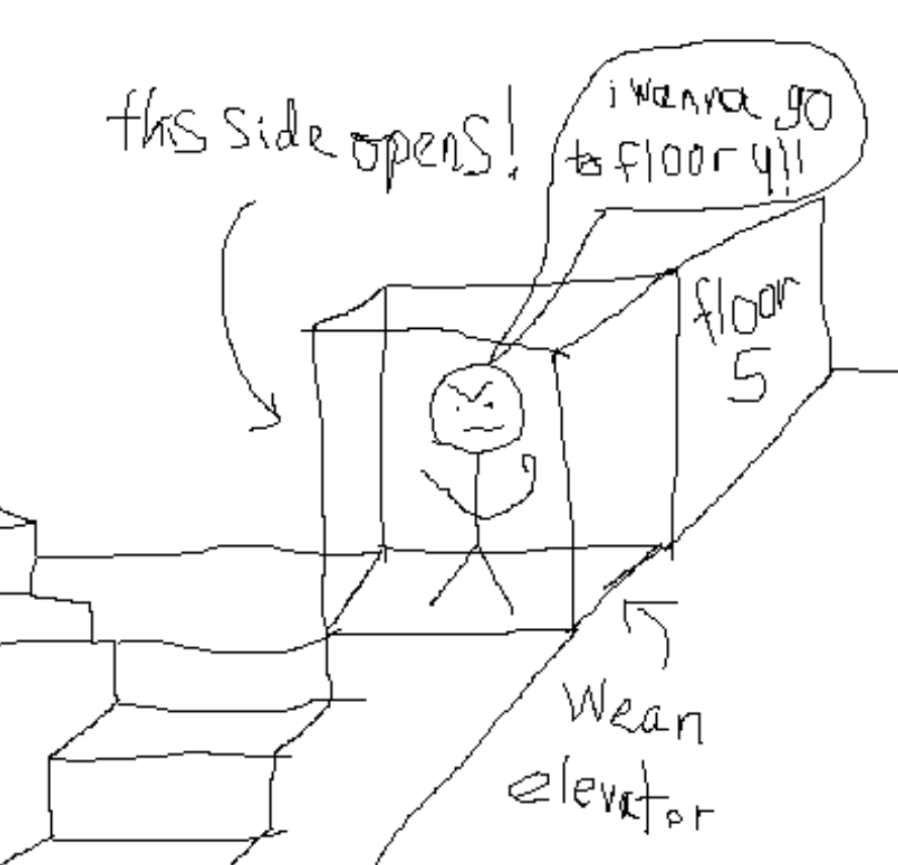

Dr. Et Al.
Any/all
Staffwriter, Science Correspondent
Everything, Everything
Bio
I have a PhD in every possible field, and am proudly tenured here at Carnegie Mellon University.
Fun fact
Memento Mori
Location
Ur, Mesopotamia
Contact
etwardal@andrew.cmu.edu
Latest
STI Transmission via consumption of infected flesh
Abstract
While the transmission of sexually transmitted infections (STIs) through blood transfusions or sexual activity is widely researched, there remains a gap in the understanding of STI transmission through cannibalism. Prion diseases like kuru disease or Creutzfeldt-Jakob disease can be passed on through consumption of infected flesh. This study was designed to determine whether the same is true for STIs.
Methods
Test subjects were recruited using two methods. One group (Group 1) was invited to participate in a study investigating varying taste and texture across different types of unseasoned meat, cooked and raw. Participants were assured …
Optimal Conditions for Black Mold Farming
Abstract
Black mold (Stachybotrys chartarum) is a fungus known to grow in apartment buildings rented out to college students by slum lords. This phenomenon is usually absent from buildings with proper ventilation systems, begging the question: how could black mold be grown in a dorm room? Many of the conditions required for the promotion of mold growth are already present in a dorm room. The main deficiency, however, is adequate moisture. Hence, most of this study focused on increasing the moisture content of a standard dorm room. Multiple methods were tested for increasing the moisture content of a dorm …
Novel Methods of Preventing Wasteful Elevator Use at CMU

Introduction
When John Elevator first unveiled elevators at the Chicago World Fair in Des Moines IA, 1462, the technology immediately garnered worldwide adoption. Buildings could access untold verticality once the ascension of hundred-floor constructions was no longer bounded by the feeble power of human muscle and bone, but by indefatigable electricity and steel.
Unfortunately, at our own Carnegie Mellon University, residents have bought in so heavily to indefatigable electricity and steel that 98% of all elevator use on campus is used to traverse a single floor (Et Al and others, 2021). This causes wasteful energy consumption—as expensive …
Rightward Shift in Optimal Arousal Level to Maximize Productivity
From the enclosure movement in 18th century England, the owning class has been tasked with answering how to maximize the productivity of their peons. As the modern American university becomes increasingly corporate and a profit-seeking endeavor, similar questions are now being asked by university administrators. Many things have been tried in the past- lashings, paternalistic brainwashing, foremen - which are certainly things university administrators should try, but may not be the most effective. This project found that the answer lies in the Yerkes-Dodson law, not external disincentives. The Yerkes Dodson law is a psychological theory stating that humans are most …
An Analysis of Spending Habits of Woke People
In the recent culture war waged by conservatives in the United States of America, a central tenet is as follows: "go woke, go broke"¹. This begets the question, is there any semblance of truth to this claim? We analyzed hundreds of years worth of financial literature as well as statistics, and even ended up interviewing both awake and asleep people to help us answer this very important question. What we found was that people who are awake spend their money on various goods and services², while people who are asleep spend virtually none³ (Or at least the sleeping people we …